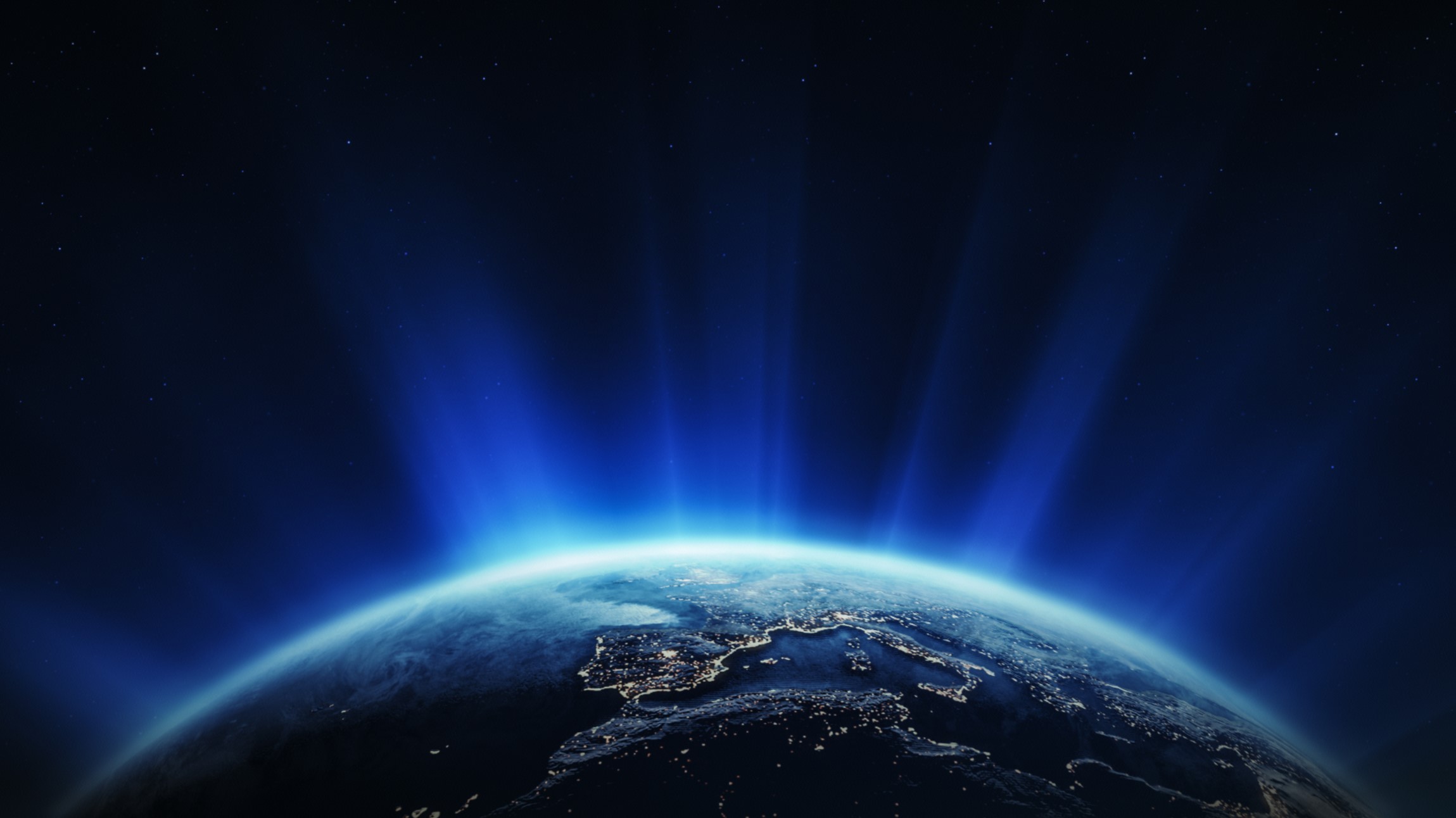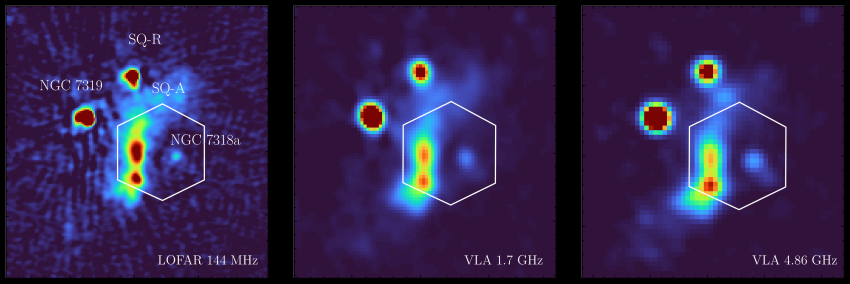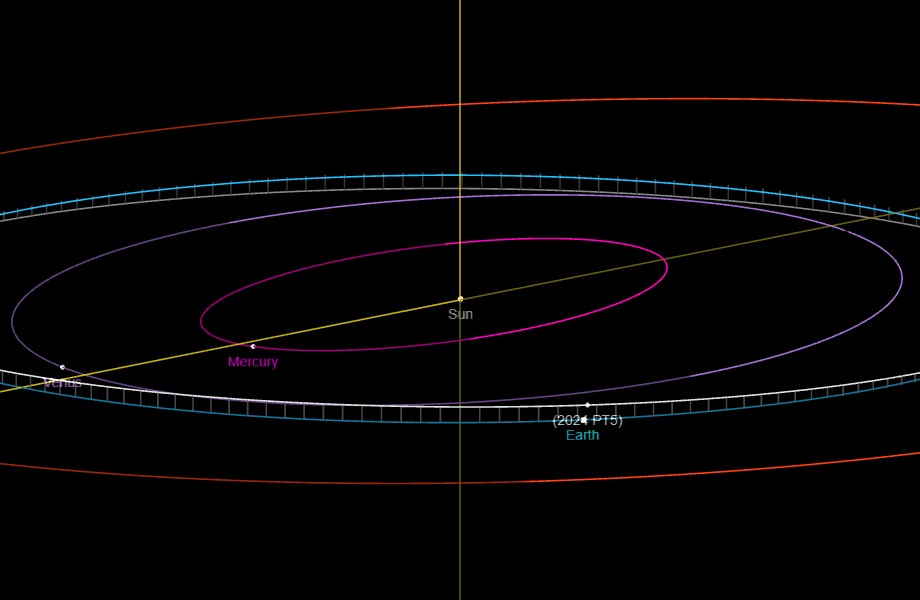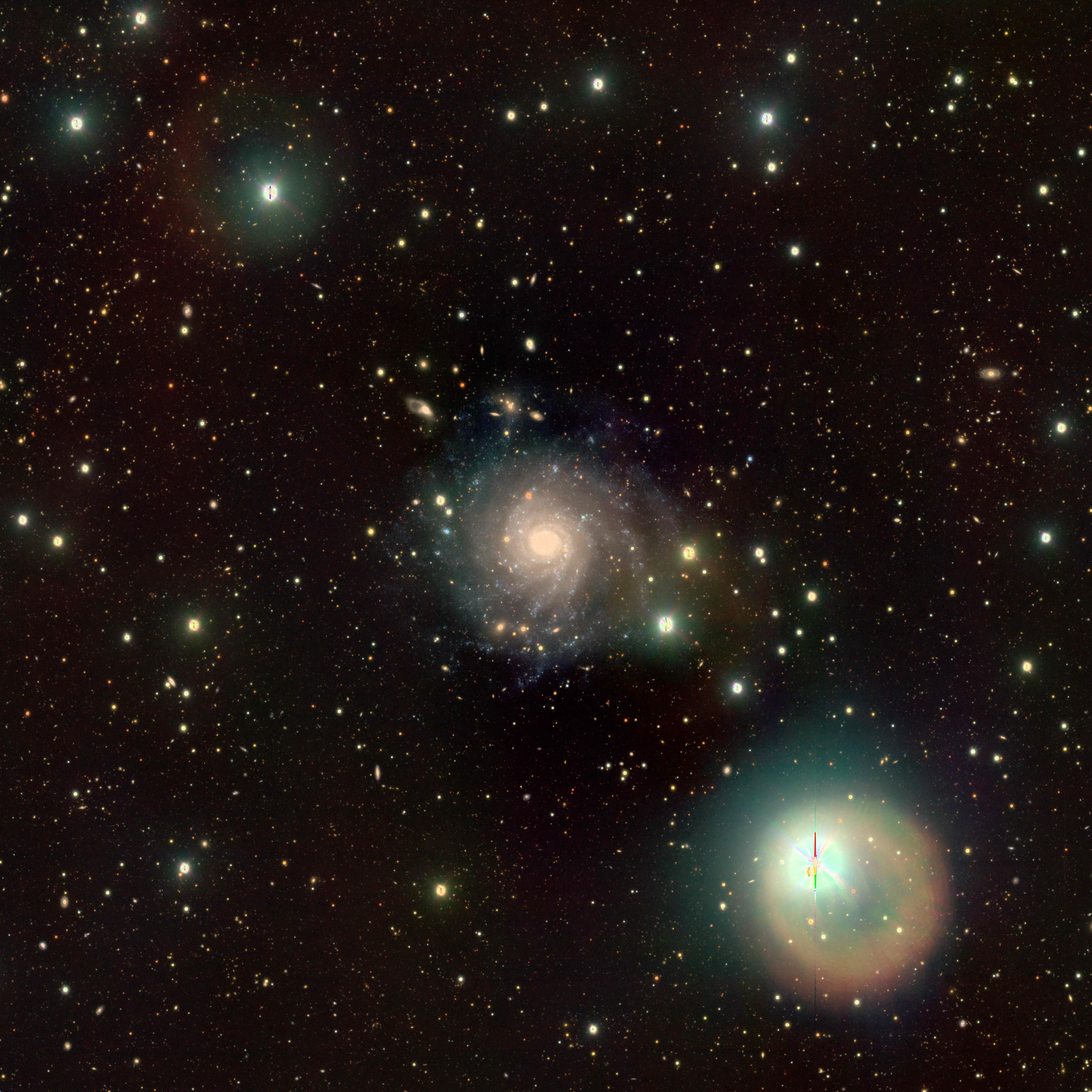Earth is constantly bombarded by cosmic rays, which are high-energy particles traveling at near light speed from all directions. Despite their astounding nature, cosmic rays are a common occurrence, with around a million cosmic rays passing through a person’s body during an average night’s sleep, according to the University of Birmingham in the UK. However, the origins of these extrasolar cosmic rays are not fully understood, with potential sources including black holes and supernova explosions.
Cosmic rays are defined as streams of high-energy particles that hit Earth’s atmosphere at near light speed. These particles were discovered in the 1900s, and it has been determined that trillions of cosmic rays hit Earth every day, although the majority are blocked by the planet’s magnetosphere and atmosphere. The composition of cosmic rays consists mainly of hydrogen nuclei (single protons), helium, and heavy elements up to iron.
The mystery surrounding cosmic rays lies in how they can reach such high energies to accelerate to near light speed. The mechanism of how particles can be accelerated to these extreme energies is not yet understood. One theory is that a shock front, formed when a high-velocity material collides with a slower-moving medium, may create conditions for natural and powerful cosmic particle acceleration.
Supernova remnants and active galactic nuclei (AGN) are considered as potential sources of cosmic rays. However, pinpointing the sources of these charged particles is challenging due to their interactions with magnetic fields during their long journeys through space, causing them to be deflected and redirected multiple times.
One way to indirectly uncover the origin of cosmic rays is through their interactions with gas, which lead to the production of photons and neutrinos. By studying these neutral particles associated with cosmic rays, scientists hope to make progress in understanding where cosmic rays come from and how they are propelled with such remarkable energies.















